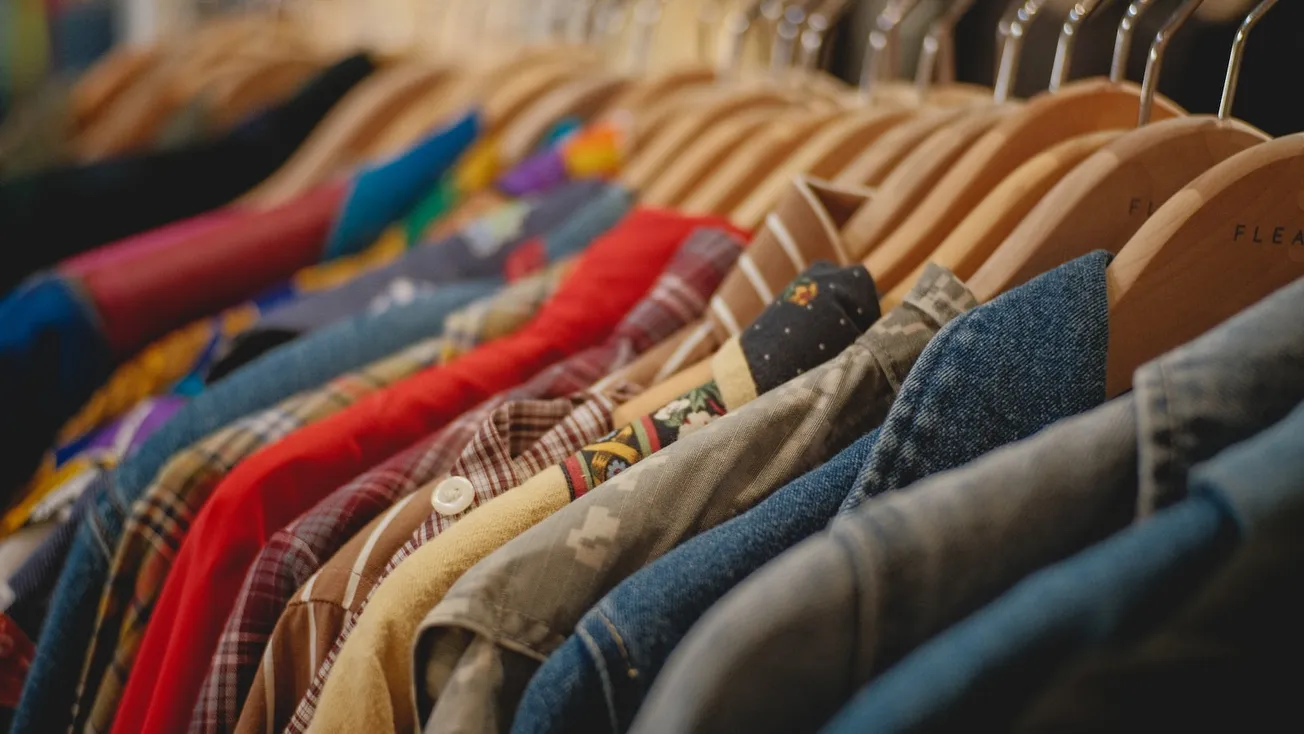Michael Cook
mercatornet.com
Michael Cook is the editor of MercatorNet. He lives in Sydney, Australia.
Sometime after Canada’s Thanksgiving Day on October 10, a 37-year-old woman named Jennyfer was euthanised. A few days later, on October 24, one of Canada’s best-known fashion retailers, Quebec-based La Maison Simons, launched an advertising campaign based on her wish to die.
As part of its “All is Beauty” marketing strategy, the company released a stunning three-minute video on YouTube called “The Most Beautiful Exit” about Jennyfer as she prepares for “medical assistance in dying”, as it is called in Canada.
The film opens with an empty hospital room. “Dying in a hospital is not what’s natural, that’s not what’s soft. In these kinds of moments you need softness,” she says. And suddenly the hospital room is washed out to sea from a sandy beach.
“I spent my life filling my heart with beauty, with nature, with connection,” Jennyfer says. “I choose to fill my final moments with the same.”
It shows her on a chair at a beach at the centre of a circle of mute white-clad figures, mostly women. Giant spiral glyphs etched in the sand are erased by the waves.
In a forest, she eats cheesecake with laughing friends, lit by the flames of a bonfire. Giant luminescent puppets — jellyfish and a whale —float in the air. In the darkness around the celebration, silhouetted against the lurid flames are young dancers carrying lanterns on poles.
“Even now as I seek help to end my life, with all the pain in these final moments, there is still so much beauty,” she says. “You just have to be brave enough to see it.”
The video ends with the words “For Jennyfer: June 1985 to October 2022,” and then “All is beauty” with a small reference to La Maison Simons beneath.
The man behind the video is Paul Simons, who has just stepped down as CEO to become chief merchant of La Maison Simons, the oldest family-owned company in Canada. He explains his marketing strategy in a supplementary video. “We are a company that values community, connection, and compassion,” he explains. “The events of the past few years have shown us just how important and necessary these values are in our world today.”
“[We] have made the courageous choice to use the privilege of our voice and platform to create something meaningful, something that is less about commerce and more about connection,” he says.
As a Canadian marketing website notes, “The trend of marketers speaking out on important social issues has been taken to a new level,” with the “All is Beauty” campaign. It is bound to be controversial – especially when the 30-second abridged version hits television screens.
The video is very unsettling. La Maison Simons is treating euthanasia as performance art – a brilliant collage of photography, dance, puppetry, music, and sand art integrated into a beach on the west coast of Vancouver Island, in the province of British Columbia. Perhaps it’s appropriate that it was released shortly before Halloween, as some of the scenes are reminiscent of a witches’ coven.
Jennyfer does not identify her illness but at the very least she is lucid and able to interact with her friends. She doesn’t seem to be disabled by pain or terminally ill. You don’t have to be terminally ill in Canada to request euthanasia. But is it ethical for a company to use her death as the centrepiece for a major marketing campaign to sell its products? The glittering video can’t quite hide the ghoulish side of this stunt.
This video was not cheap; dozens of friends and actors were involved in filming it over two days just before Thanksgiving. The Canadian advertising company must have worked frantically to edit the film by October 27. Peter Simons’s personal interest and investment must have made it all but impossible for Jennyfer to change her mind about dying. Does he really think that it is ethical to ask her to die according to an advertiser’s timetable?
While Mr Simons and Jennyfer applaud euthanasia as a beautiful choice, stories are beginning to appear in the Canadian media about marginalised people who feel forced to access MAiD because they have only one choice — and it’s ugly.
Thirty-one-year old Denise has Multiple Chemical Sensitivities and has applied for MAiD because she cannot find housing where she will not be exposed to cigarette smoke and air fresheners.
Forty-year-old Mitchell Tremblay suffers from severe depression, anxiety, alcoholism, personality disorders and continual thoughts of suicide. He is unemployed and poor. He can’t wait to become eligible for MAiD. “You know what your life is worth to you. And mine is worthless,” he told CTV News.
Fifty-four-year-old Amir Farsoud is applying for MAiD because he is homeless. “I don’t want to die but I don’t want to be homeless more than I don’t want to die,” he told CityNews. “I know, in my present health condition, I wouldn’t survive it anyway. It wouldn’t be at all dignified waiting, so if that becomes my two options, it’s pretty much a no-brainer.”
Euthanasia as performance art is the prerogative of the well-to-do, the well-connected and the privileged. Euthanasia as social injustice will be the lot of the down-and-outs, the abandoned, and the marginalised. If La Maison Simons really valued “community, connection, and compassion”, it would be subsidising housing and medical care for people like this. Instead it is exploiting the death of a young artist to burnish its brand as a champion of progressive values.
Thanks to Alex Schadenberg, of the Euthanasia Prevention Coalition, for the tip.







